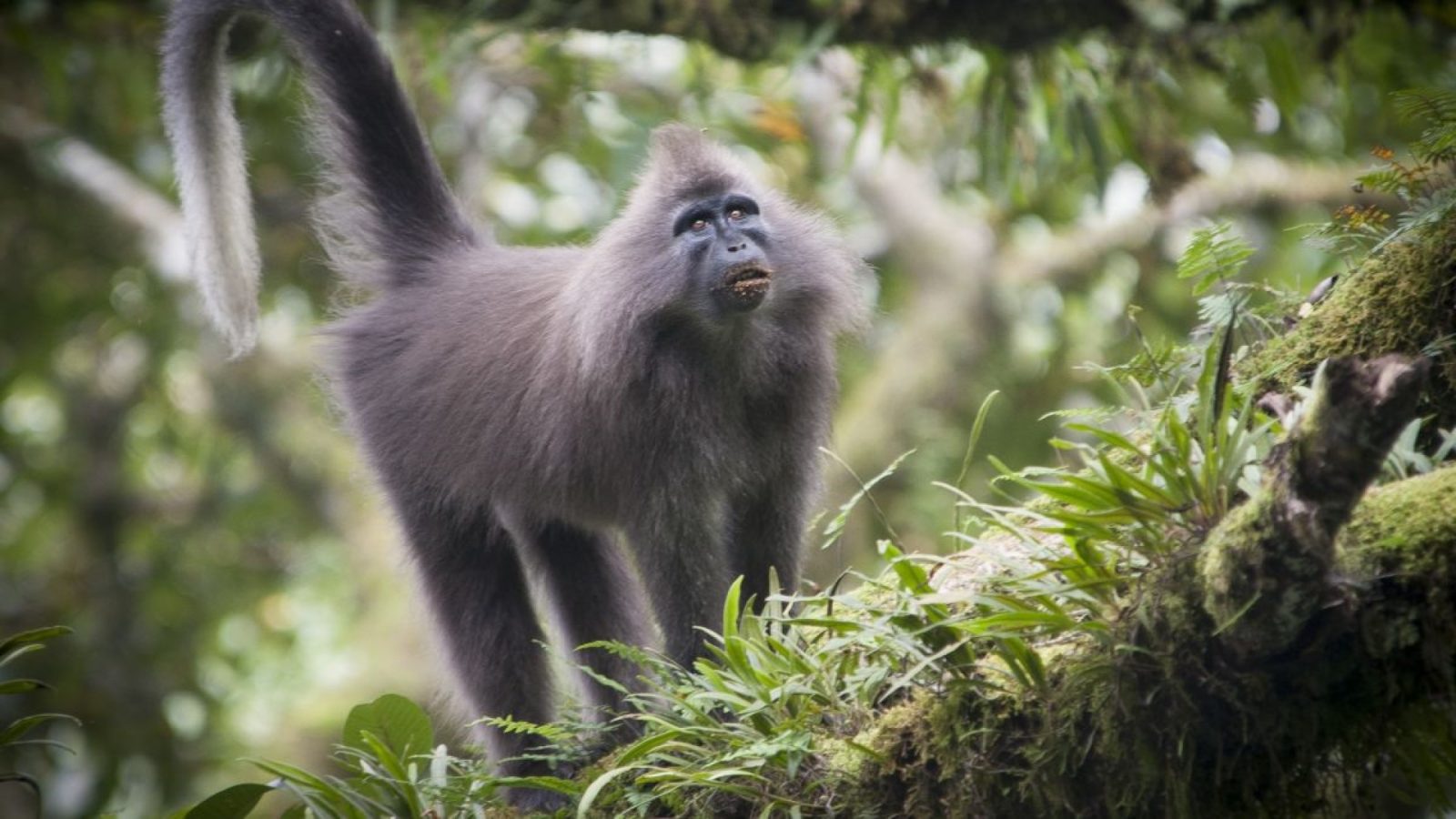 Driving around Tanzania, you regularly come across tiny remnants of rainforest that still exist high up in hills and mountains. East Africa used to have more rainforest, but the area...
Driving around Tanzania, you regularly come across tiny remnants of rainforest that still exist high up in hills and mountains. East Africa used to have more rainforest, but the area...
Kipunji
The Kipunji is a special species. Like many other, it is a species of old world monkey, sometimes known as the highland mangabey, and is found in the highland forests of Tanzania. Its call is quite different from its relatives -the grey-cheeked mangabey and the black crested mangabey. Their call is referred to as a whoop-gobbles while the Kupunji sound is more like a honk-bark.
This species was independently discovered by researchers from the Wildlife Conservation Society, the University of Georgia and Conservation International atht eh end of 2003 and July 2004. It was the first new African monkey species since 1984 (this species was the sun-tailed Monkey).
It was originally placed in the genus Lophocebus, but more recent genetic data shows that it is more closely related to the baboons (Papio). As such, it was placed in its own genus Rungwecebus – taking its name from Mount Rungwe where it was first found. In terms of genus, it was the firs new one since 1923 and the Allen swamp monkey discovery. There was initial scepticism, as while local people knew about this new species, the traditional stories from the Nyakusa people mixed descriptions that suggested it was both real and mythological.
One of the places to try to see this species, is in the Unzungwa mountains of central Tanzania, and the national park which takes its name. I did visit this reserve back in 2010, though, I should note, that it was a 4 day stop, rather than the main purpose of the journey (we were visiting the Selous)
There are thought to be around 1,100 of this species living in the highland Ndundulu forest reserve, which is beside the Udzungwa mountains national park. This is currently a healthy reserve, with little deforestation, that has not been fragmented. There is a second (unlikely to have been connected for a very long time) population 250 miles away on Mount Rungwe and in Kitulo national park which is also next to it. Unfortunately, the forests of Rungwe is highly degraded and fragmented, which means that this population is split into 3 smaller populations.
It is classed as endangered by the IUCN and was listed as one of the worlds most endangered primates in 2006 and 2008. In 2008, teh WCS found that the monkeys range is restricted to just 6.82 square miles (17.7 square km) of forest in two isolated places -The Ndundulu and the Rungwe-livingstone forests, with the first having only around 75 individuals, but the second containing 1,042. While both of these areas are protected, there is no management plan for this species in particular. The main threats from this species are human activities, including charcoal making, illegal hunting, logging and resource extraction which is not carefully controlled. There are currently narrow corridors of forest which connect the fragments, but these are increasingly encroached by farmers; one of these, called Bujingilia corridor, which links the mount Rungwe and Livingstone forests is likely to be lost in the near future. They are also actively hunted by both dogs and traps (usually as revenge for crop damage.
We hope, eventually, to link with places like the Udzungwas to help your travel. We have included our usual new roundup, below the video (the video is a clip fro the BBC series the great rift: Africas wild heart), and this includes a review of the Udzungwas. Any useful links will be added below.
Review of Udzungwa National Park, Tanzania
- Tim
- January 12, 2018
 Driving around Tanzania, you regularly come across tiny remnants of rainforest that still exist high up in hills and mountains. East Africa used to have more rainforest, but the area...
Driving around Tanzania, you regularly come across tiny remnants of rainforest that still exist high up in hills and mountains. East Africa used to have more rainforest, but the area...